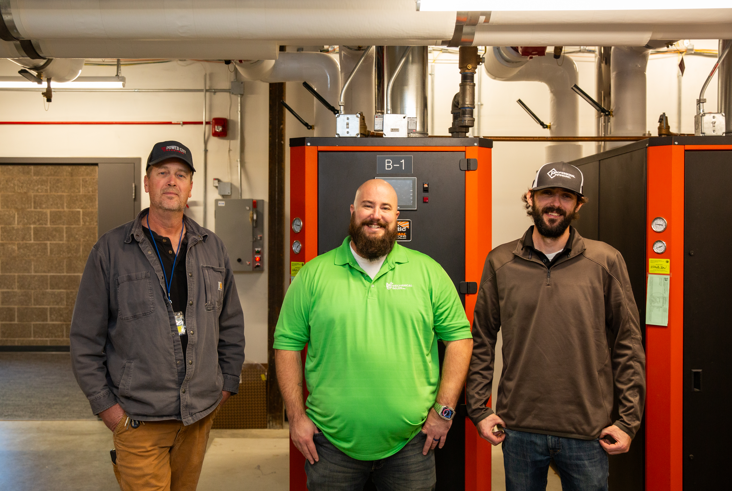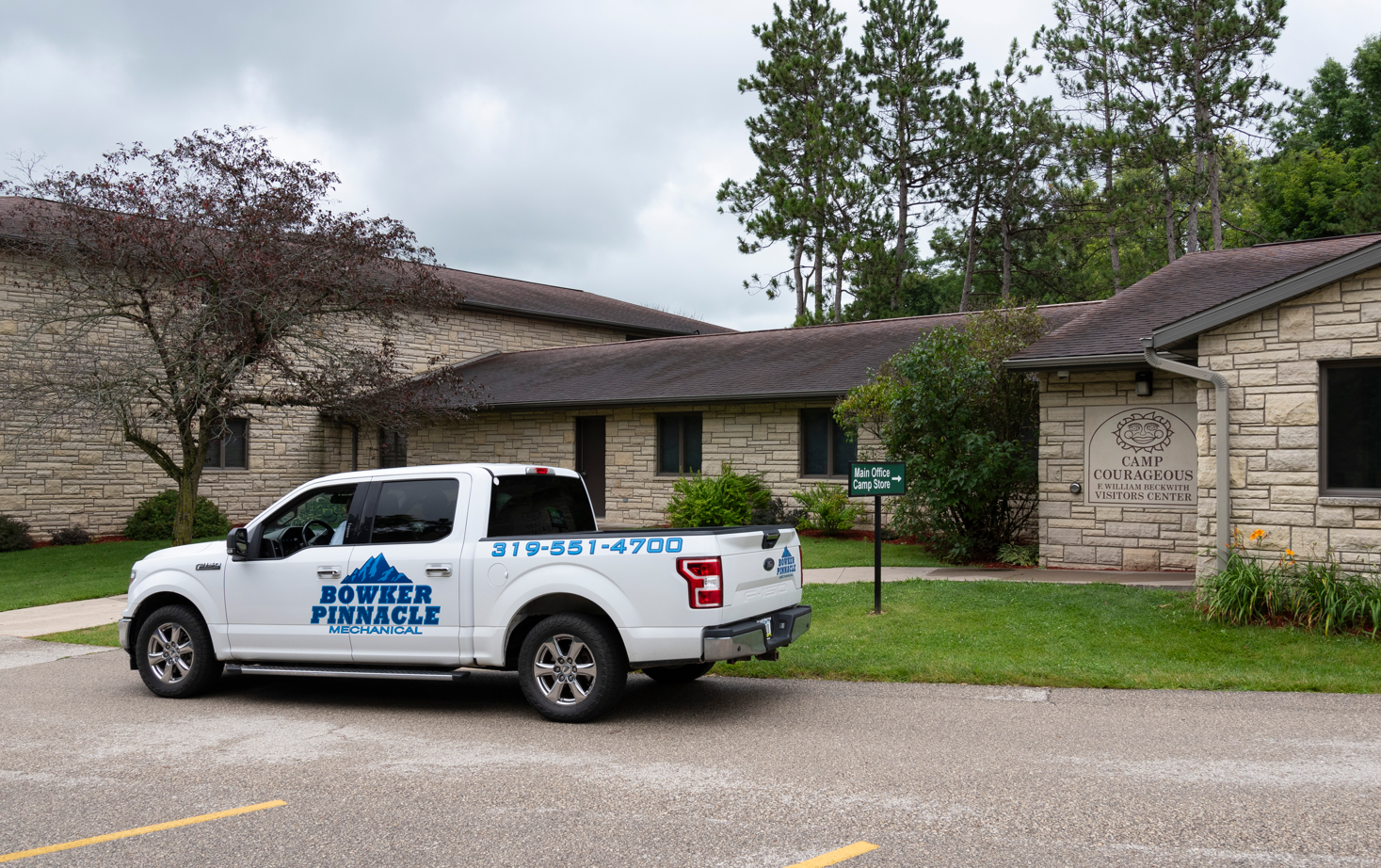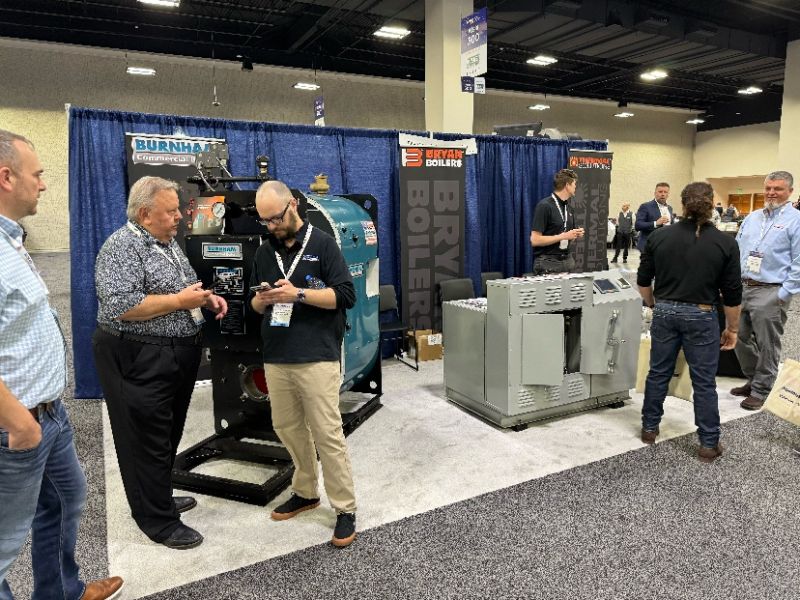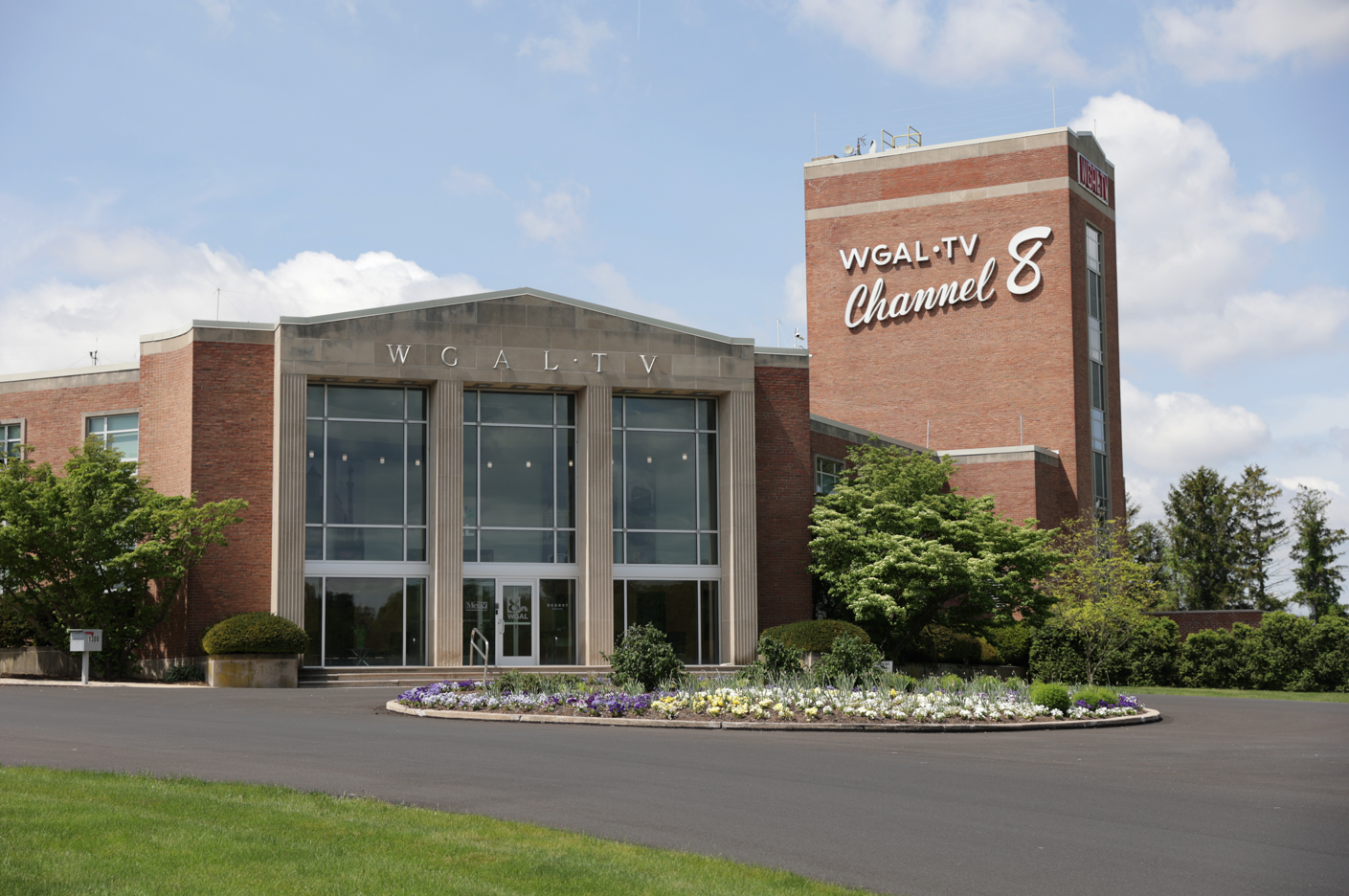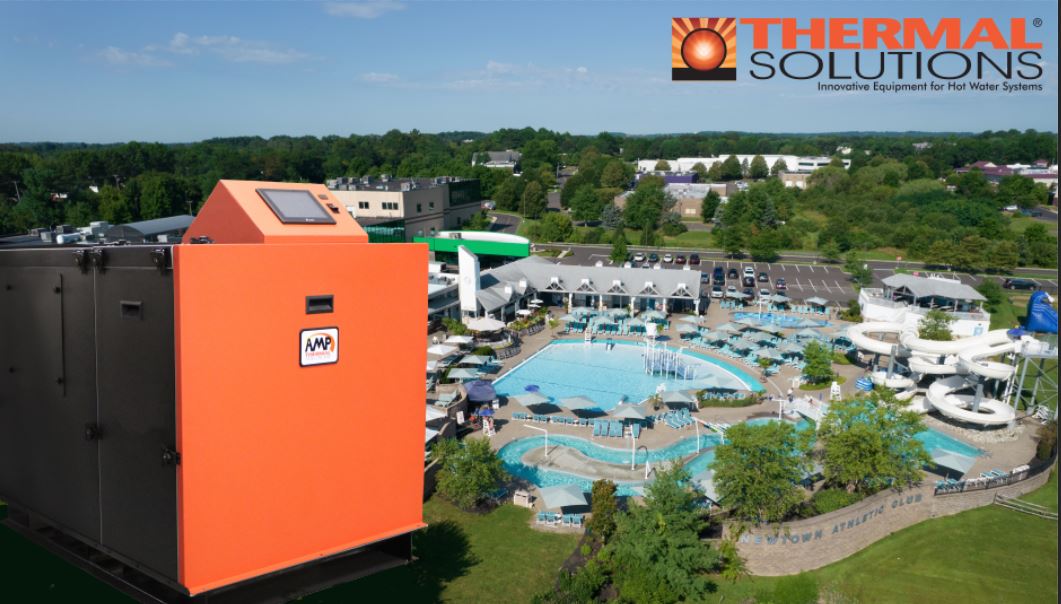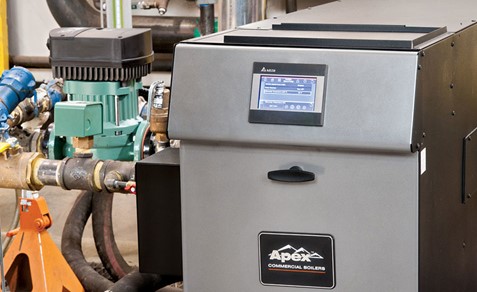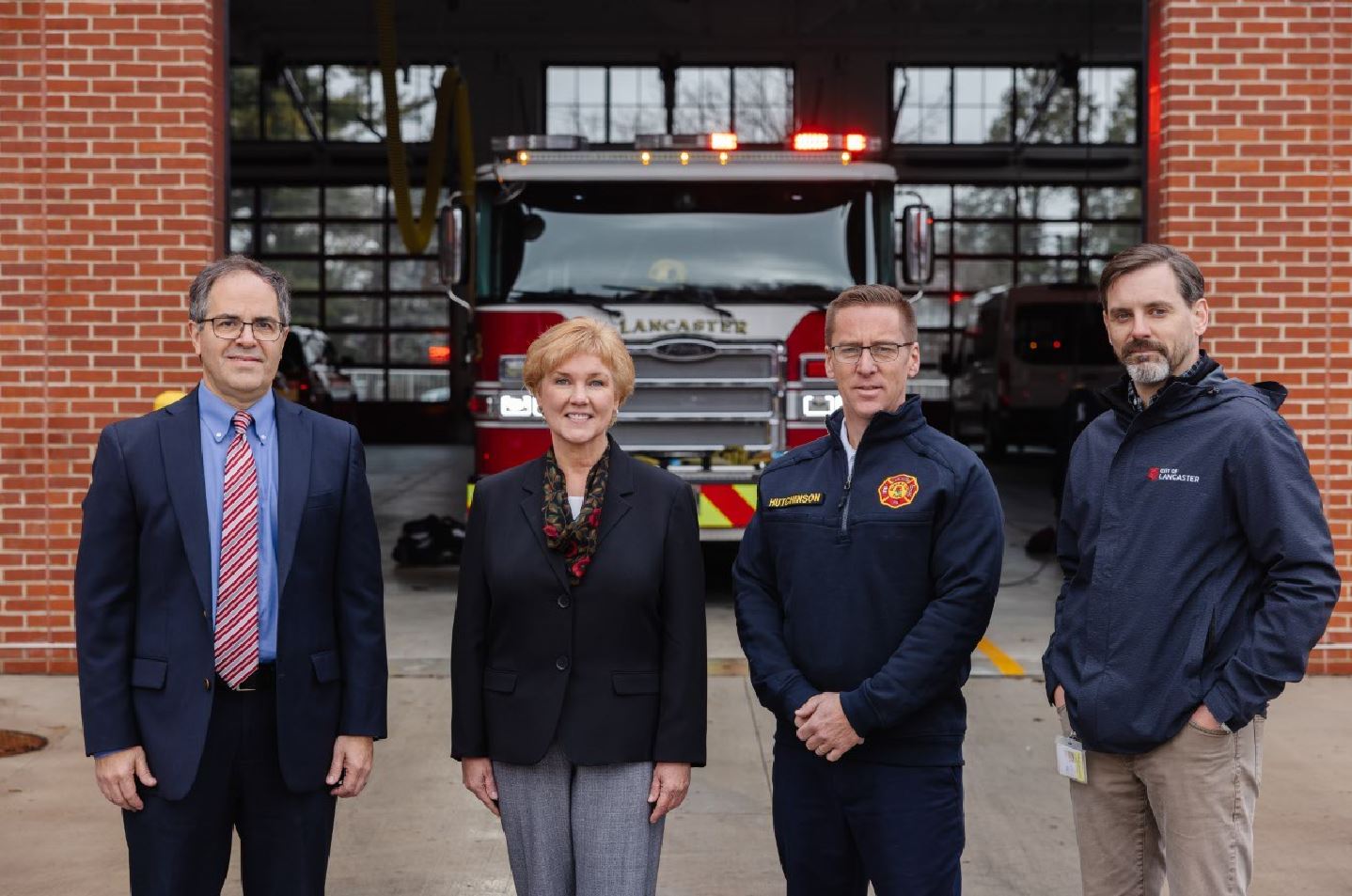by Allie Perez
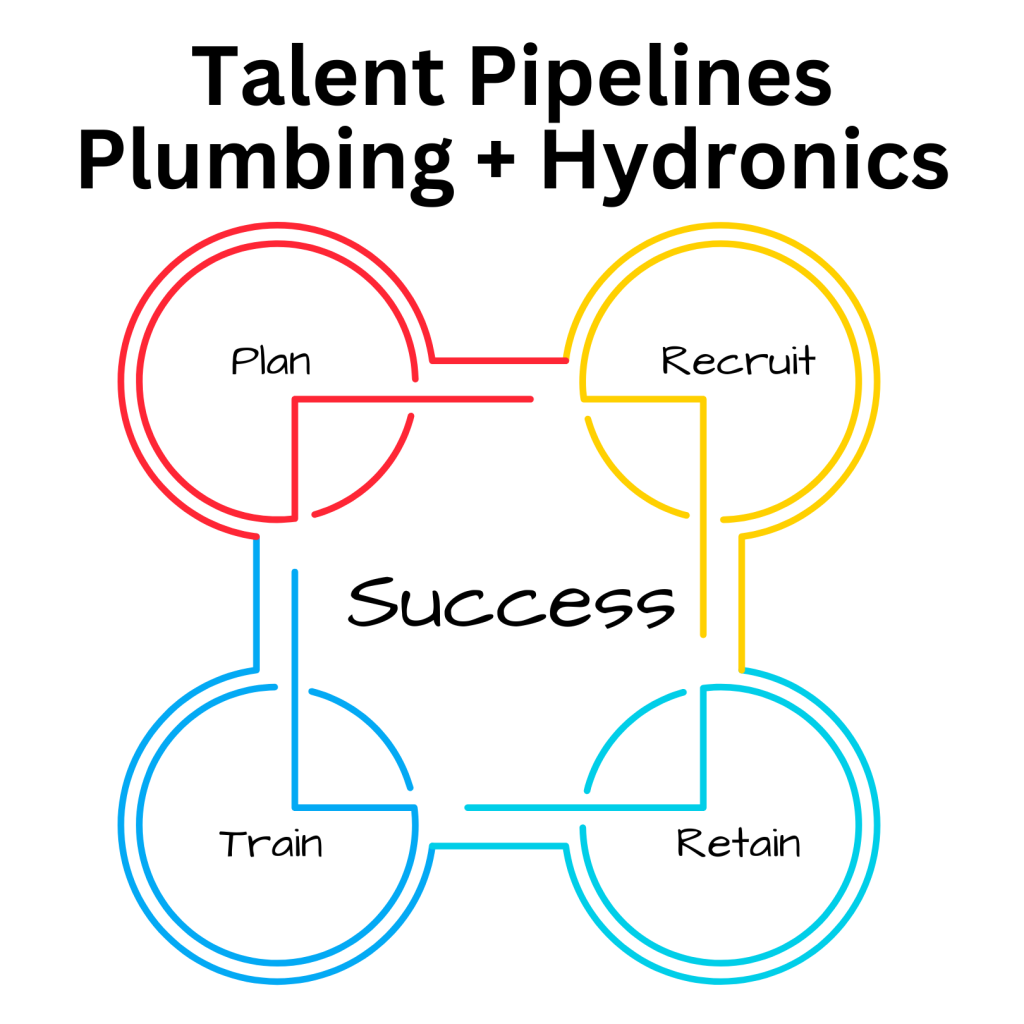 The skilled labor gap in the trades is not a new problem. In fact, it’s been a problem for decades. Fortunately, a recent surge in interest and federal dollars has brought the conversion of “infrastructure” to the fore.
The skilled labor gap in the trades is not a new problem. In fact, it’s been a problem for decades. Fortunately, a recent surge in interest and federal dollars has brought the conversion of “infrastructure” to the fore.
As skilled tradespeople, we understand how plumbing and hydronic work is pivotal to infrastructure efforts. But, before this rise in interest in skilled construction labor, we were already struggling with recruiting into our workforce. And why wouldn’t we?! The branding around our industries is not inspiring young people away from a college or military career path.
In addition to the branding struggles of “selling” our industry to younger individuals, we’re also challenged by a lack of concentrated recruitment efforts. Both colleges/universities and the military each spend about one billion USD a year to recruit. Interestingly, the military recently had to lower their entrance standards to combat their low recruitment numbers. The hydronic industry doesn’t have a communal, focused effort on recruitment. We all fend for ourselves, creating our own plans and best practices. The mechanical companies that have created their own recruitment (and retention) plans will ensure they have the skilled workers they will need for their businesses for generations to come.
A key takeaway from my time in this arena has been that it’s unethical of us as recruiters to focus solely on recruitment and ignore retention. Part of the challenge we face in recruiting stems from creating the culture, wrap-around services and pathways for advancement that would compel a person to join this industry and stay in it.
Specifically when attempting to recruit women, young people or diverse groups into your workforce, the culture should be ready for them. That takes a focused effort on the part of the management team to ensure their team understands the benefits of diversity. More importantly, protections and policies should be established or reiterated to enforce an inclusive company culture.
Plumbing and hydronic companies must create their own recruitment and retention plans to ensure they’ll have the trained staff they need for their positions, current and future.
There’s recently been an increase in federal dollars trickling down to states, cities and municipalities in an attempt to offset some of the recruiting challenges our industry faces. Many community resources are now available across the United States. However, like any good business model, you can’t rely solely on one stream of recruitment. A multi-faceted approach is pivotal to craft a working recruitment plan for your business. For example, there may be community programs in your area, possibly funded by workforce development agencies, that can provide recruits and/or wraparound services to bolster existing recruitment efforts.
A limit on recruitment efforts does not exist. It will, however, require time, money, energy and management. Also, don’t be afraid of trial and error. It’s OK to fail, so long as you’re trying and learning from those failed attempts. Below are a few ideas for recruiting to your service company.
- Get into the schools / districts – Many schools offer career days for K-12 students. Connecting with local school districts could provide access to more schools and more opportunities to share our trade with younger generations. Your child’s school could be a great place to start. Talk to their guidance counselors. Keep in mind, talking to school aged children of various age ranges can be challenging. I take a PowerPoint presentation, but rarely use it. I ask for a classroom with a sink and/or toilet so we can take it apart and put it back together to explain how water supply lines and drain lines function in the real world. I also make sure to take fun hands-on activities so they can cut pipe, play with fittings or work on a fun activity sheet. Additionally, we bring branded merch/SWAG that’s fun and engaging. It’s a great feeling when you hear kids scream, “Plumbing is cool!”
- Create a local scholarship for tradespeople - A company can do this on their own, or work with a local industry organization, such as: PHCC, ABC, NAWIC. Crafting a scholarship with the company name and marketing that scholarship can increase awareness of the plumbing/hydronic trades as viable career options. It also positively affects how potential employees (and customers) view the company and its values.
- Work with local community resources - Your local government or municipality may have existing programming to assist with recruiting and/or funds/resources that can assist employers and new employees with wraparound services, tool/boot allowances and more. Check with your local workforce development office for more information about opportunities local to you.
- Use federal agencies - Federal agencies like the Department of Labor and Office of Apprenticeship may offer resources and guidance on recruitment. Check out their websites or reach out to your local leadership in those federal agencies for more information.
- Your staff is your biggest recruiter - Offering a referral bonus for new applicants is a great way to incentivize your existing team to help with recruitment. They perform the job, so they can explain the daily experience, company culture and benefits. The applicants they refer are warmer leads as they have a basis of understanding of the role and the company.
Complaining that there are not enough skilled workers for the plumbing and hydronic industry is not enough and does not solve the problem. Crafting a solid recruitment plan and following through will result in higher recruitment numbers and guarantee workforce for the future.
# # #
Allie Perez is the CMO/COO of George Plumbing Company, Founder of Texas Women in Trades and San Antonio Women in Trades. She serves on the City of San Antonio Small Business Advisory Committee as the Mayor's Appointee. She is a graduate of New York University and has written for trades periodicals for over a decade.


